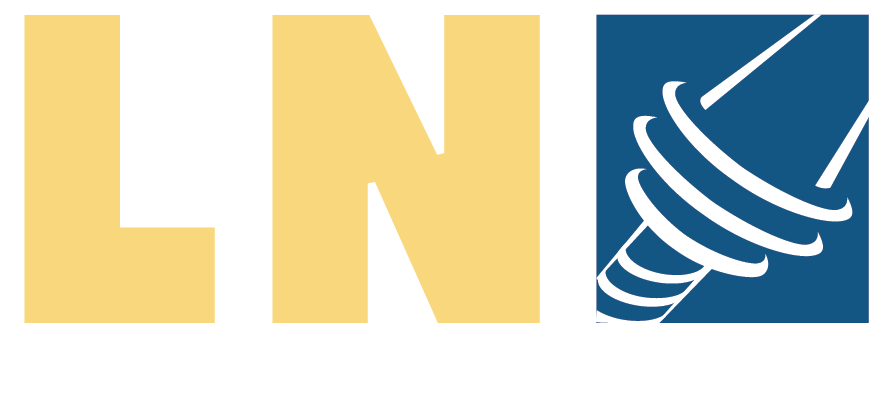
The days of large part quantity orders are becoming fewer. Customers have fast changing demands that require equal flexibility and agility from their production partners to adapt to their changes. By upgrading to a mill turn, flexibility is increased since turning and milling can be done at once on one machine. Switching between jobs quickly allow for greater feasibility for short run productions. The benefit to your customer means not only faster delivery time, but also having to carry little to no inventory.

Reduction in set up is also a big time and cost saver. If part machining operation can be done on one machine, tooling and fixture costs are reduced, and the downtime of transferring parts from machine to machine can be eliminated. In cases where the milling cycle time exceeds 35% of the part cycle time, sure it’s still beneficial to do the turning operation on a lathe, and the milling on a mill, but considering the reduction in set up and the opportunity to open up the mill for pending milling jobs, it’s fully understandable why customers that machine parts that exceed the 35% cycle time still prefer to machine their parts on a mill turn.
Another big affect upgrading can have on the entire production process is the improvement in part accuracy and consistency between parts. When machining all feature elements in one set up, chucking inconsistency caused by human error can be avoided. Even if the human factor can be avoided when splitting machining operations between a mill and a lathe, in many cases it’s difficult to duplicate the same type of clamping consistency between lathe chuck and corresponding vices or work holding systems. Machined features in relation to other features can also be more controlled resulting in better part consistency.










